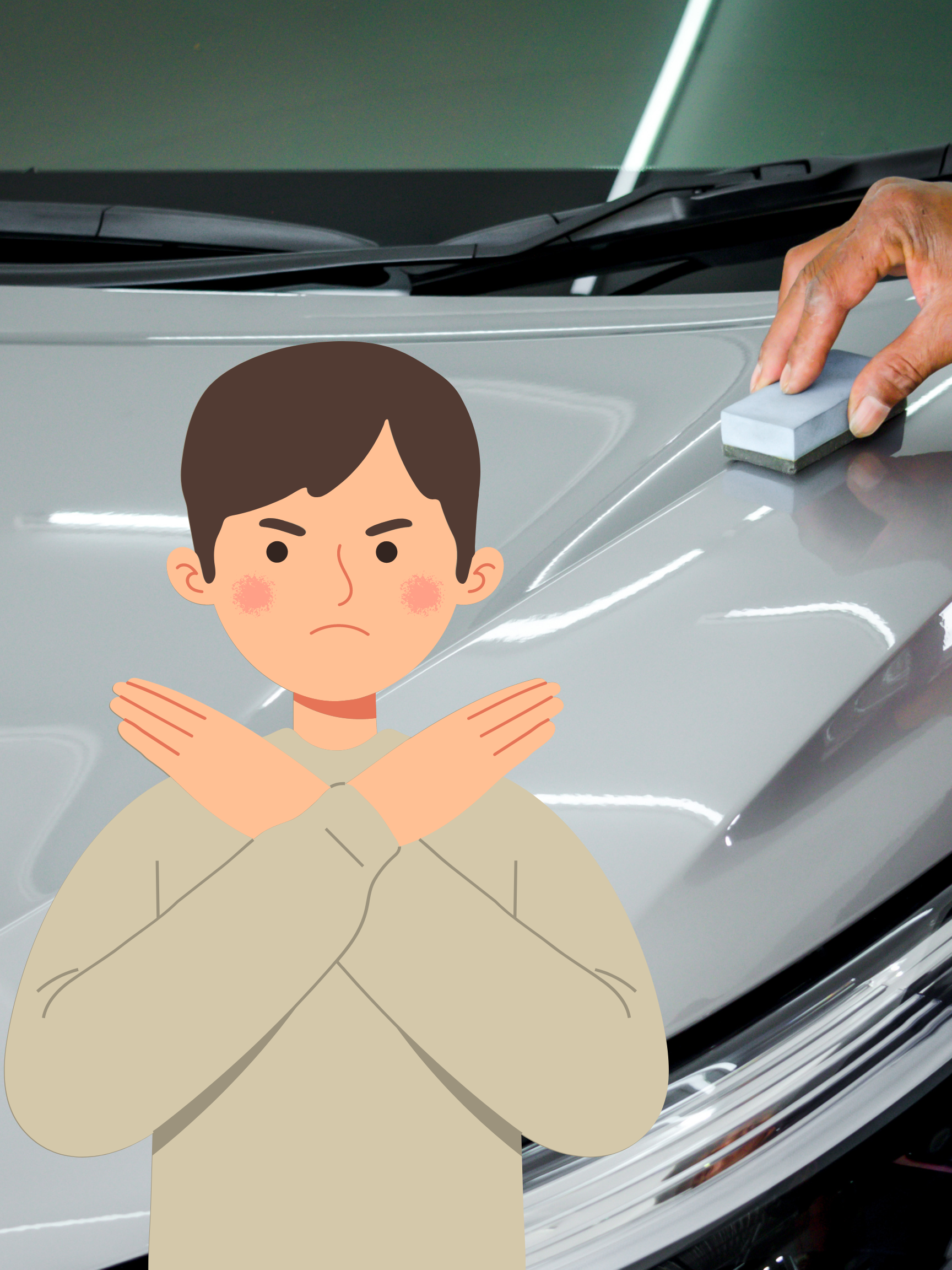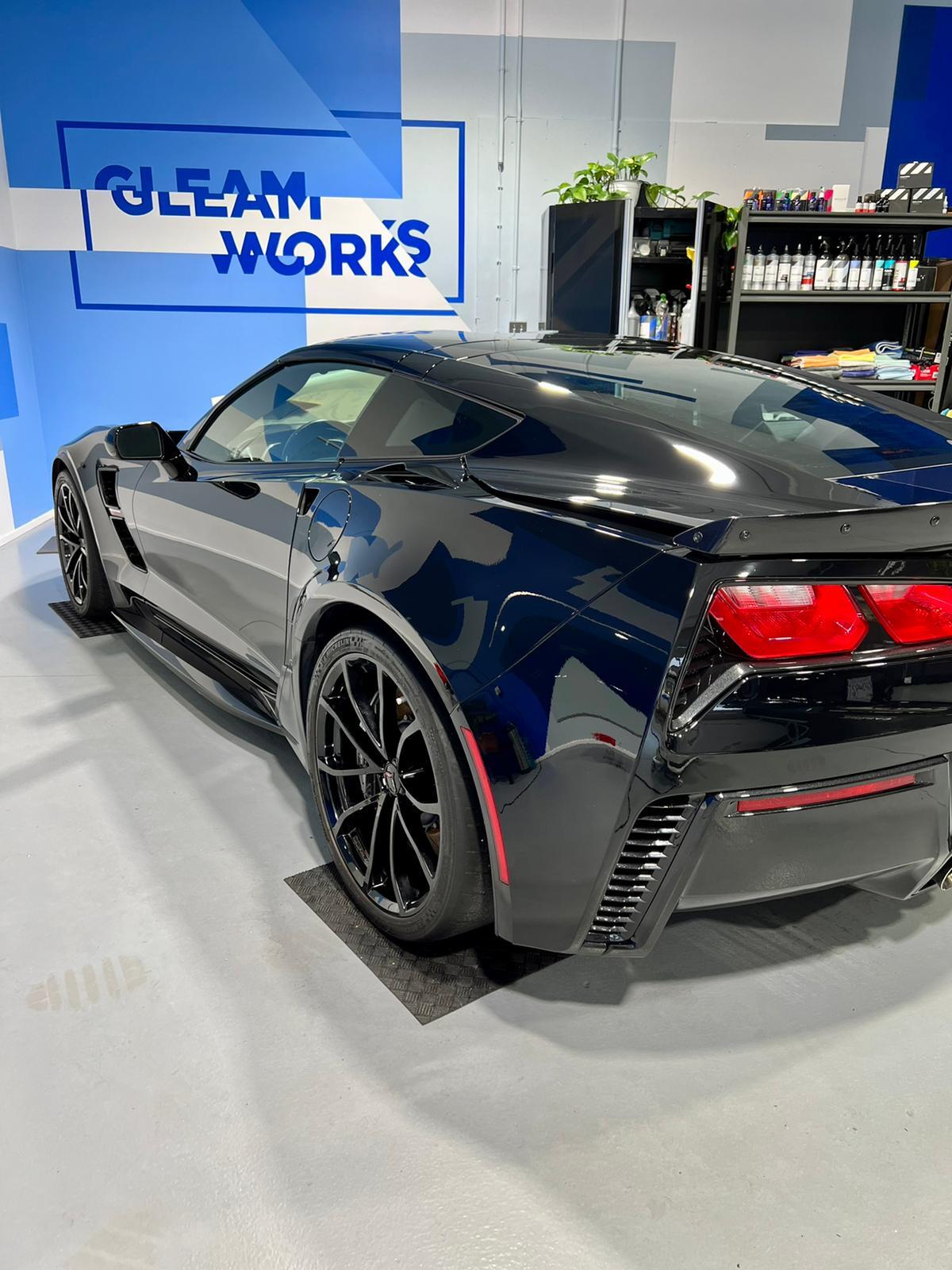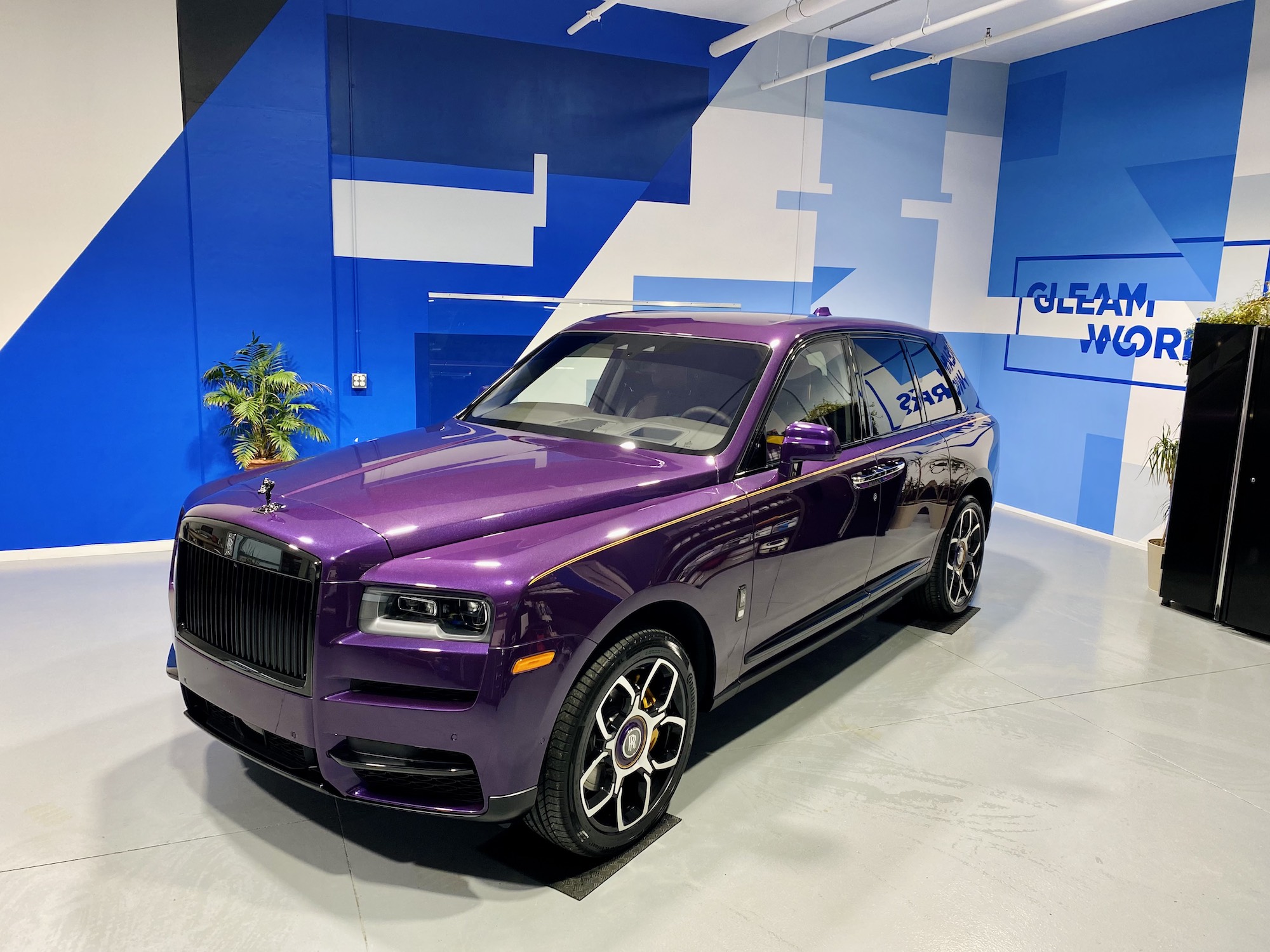
Hello and welcome to the ultimate guide to protecting your car with ceramic coating. In this guide, we will explore the benefits, types, application, and maintenance of ceramic coating, as well as answer frequently asked questions about this innovative protection method.
Ceramic coating is a liquid polymer that is applied to the exterior of your car. It creates a protective layer that bonds with the paint, forming a hard and durable shell that can withstand the harsh elements and environmental factors that your car is exposed to on a daily basis. This coating is designed to provide a superior level of protection for your car, while also enhancing its appearance.
Why it’s important to protect your car

Your car is a significant investment that you want to protect from the elements, such as UV rays, bird droppings, tree sap, and other environmental factors that can cause damage to its paint. Ceramic coating provides a layer of protection that can prevent this damage from occurring and keep your car looking great for years to come.
Advantages of ceramic coating over traditional waxing and sealing methods
Ceramic coating provides a superior level of protection compared to traditional waxing and sealing methods. It lasts longer and is more durable, withstanding the elements and environmental factors that wax and sealants cannot. Additionally, ceramic coating provides a higher level of gloss and shine, enhancing your car’s appearance and adding value to your investment.
Understanding Ceramic Coating

What is ceramic coating made of?
Ceramic coating is made of silicon dioxide or silica, which is a chemical compound commonly found in nature. This compound is also used in glass and ceramic manufacturing.
How does ceramic coating work?
Ceramic coating works by creating a chemical bond with your car’s paint, forming a hard and durable shell that provides superior protection against environmental factors and damage.
The science behind ceramic coating
Ceramic coatings are based on nanotechnology, which involves the manipulation of matter on an atomic and molecular scale. The ceramic particles in the coating are designed to fill in the pores of the paint, creating a smooth and uniform surface that is highly resistant to damage.
Different types of ceramic coatings
There are various types of ceramic coatings available in the market, each with its own unique features and benefits. Some of the most popular types include spray-on ceramic coatings, professional-grade ceramic coatings, and DIY ceramic coating kits.
How long does ceramic coating last?
The longevity of ceramic coating depends on several factors, including the quality of the coating, the preparation of the surface, the environmental factors that your car is exposed to, and how well you maintain the coating. On average, ceramic coating can last between 2-5 years.
The Benefits of Ceramic Coating
- Superior protection against UV rays, oxidation, and corrosion
- Ceramic coating provides excellent protection against UV rays, oxidation, and corrosion, which can cause fading, discoloration, and other damage to your car’s paint.
- Resistance to chemical stains and water spots
- Ceramic coating is highly resistant to chemical stains and water spots, which can be difficult to remove and cause damage to your car’s paint.
- Scratch-resistant and self-healing properties
- Ceramic coating provides a high level of scratch resistance, and some coatings even have self-healing properties that can help to repair minor scratches and swirl marks.
- Easy cleaning and maintenance
- Ceramic coating makes it easy to clean and maintain your car. The coating repels dirt, dust, and other debris, making it easier to wash and dry your car.
- Enhanced gloss and shine
- Ceramic coating provides a high level of gloss and shine, enhancing your car’s appearance and adding value to your investment.
What Does a Ceramic Coating Do?
Protection from UV Damage / Oxidization
Ceramic coating provides excellent protection against UV rays and oxidation, which can cause fading, discoloration, and other damage to your car’s paint. This protection is essential for maintaining the color and appearance of your car over time.
Protection from Chemical Stains and Etching
Ceramic coating is highly resistant to chemical stains and etching, which can be caused by environmental factors such as bird droppings, tree sap, and acid rain. These stains can be difficult to remove and can cause damage to your car’s paint.
Ease of Cleaning
Ceramic coating makes it easier to clean your car, as the coating repels dirt, dust, and other debris. This means that you can wash and dry your car more quickly and with less effort.
Enhanced Gloss
Ceramic coating provides a high level of gloss and shine, which enhances the appearance of your car and adds value to your investment. The coating can make your car look brand new and showroom-ready.
What Does a Ceramic Coating Not Do?
Eliminate the Danger of Scratches, Swirl Marks, or Rock Chips
While ceramic coating provides a high level of scratch resistance, it does not eliminate the danger of scratches, swirl marks, or rock chips. However, some coatings have self-healing properties that can help to repair minor scratches and swirl marks.
Eliminate the Risk of Water Spotting
While ceramic coating is highly resistant to water spots, it does not completely eliminate the risk of water spotting. It is still important to dry your car thoroughly after washing to prevent water spots from forming.
Eliminate the Need to Wash
Ceramic coating does not eliminate the need to wash your car. While the coating repels dirt and dust, it can still accumulate over time and should be washed regularly to maintain its appearance.
Types of Ceramic Coating Products
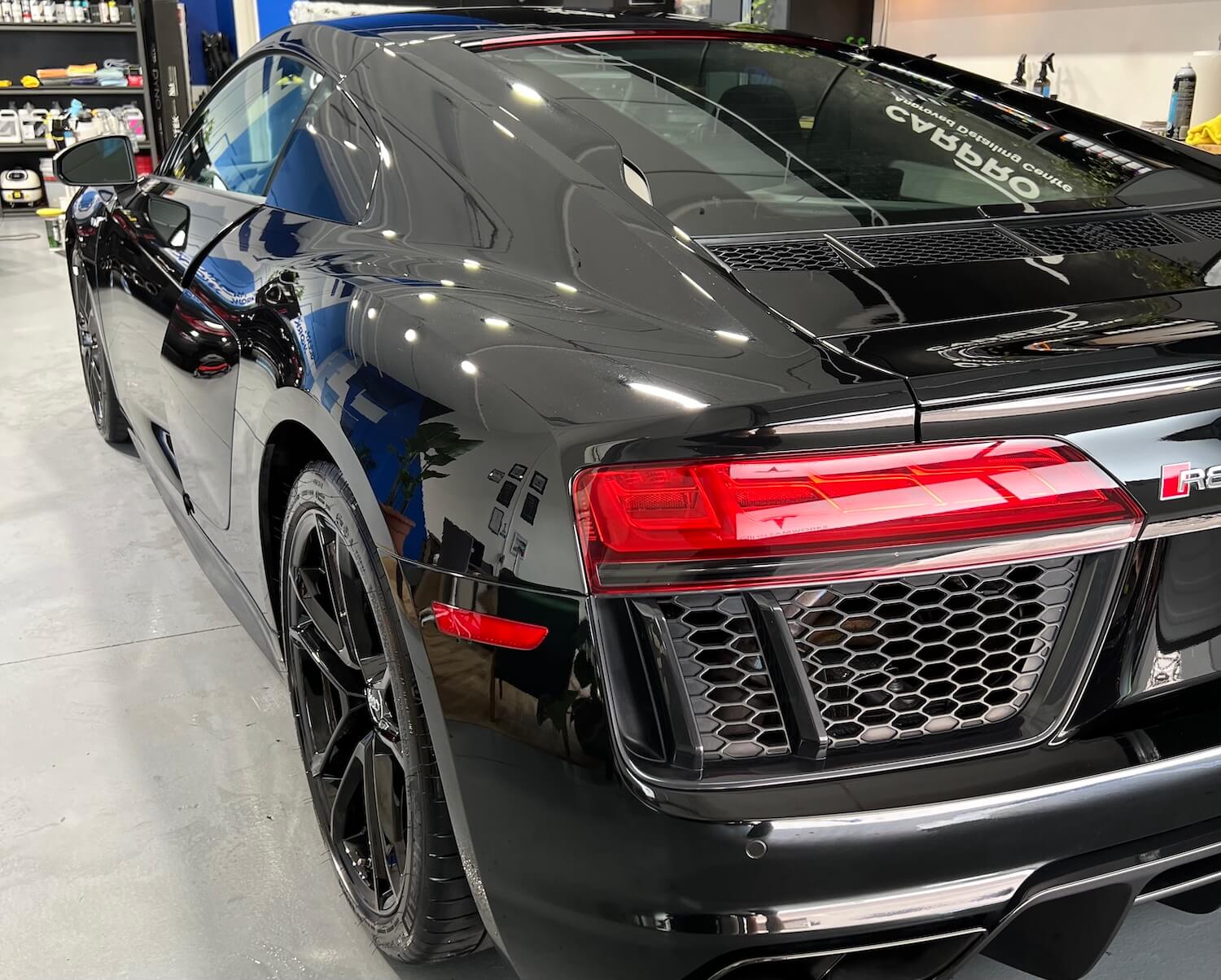
Spray-on ceramic coatings
Spray-on ceramic coatings are easy to apply and are a great option for those who want to protect their car but do not want to invest in a professional-grade coating. These coatings can be applied by anyone and usually last up to 6 months.
Professional-grade ceramic coatings
Professional-grade ceramic coatings are applied by professionals and provide a high level of protection for your car. These coatings can last up to 5 years and require professional application.
DIY ceramic coating kits
DIY ceramic coating kits are a great option for those who want to apply the coating themselves but want a more durable option than spray-on coatings. These kits come with all the tools and materials needed to apply the coating and can last up to 2 years.
Ceramic coating maintenance products
Ceramic coating maintenance products are designed to help you maintain the appearance and protection of your ceramic coating. These products can help to extend the life of your coating and keep it looking great.
Preparing Your Car for Ceramic Coating
Washing and cleaning your car
Before applying ceramic coating, it is important to wash and clean your car thoroughly to remove any dirt, dust, or debris that may be on the surface of the paint.
Decontaminating the surface of your car
Decontamination involves removing any contaminants that may be on the surface of your car, such as tar, bugs, or tree sap. This process is essential for ensuring that the ceramic coating can bond properly with the paint.
Clay bar treatment
Clay bar treatment is a process that involves using a clay bar to remove any contaminants that may be embedded in the paint. This process is essential for ensuring that the surface of the paint is smooth and free of imperfections.
Polishing and paint correction
Polishing and paint correction are processes that involve removing any imperfections in the paint, such as swirl marks, scratches, or oxidation. These processes are essential for ensuring that the surface of the paint is smooth and free of imperfections.
Final surface preparation before application
Beforeapplying the ceramic coating, it is important to make sure that the surface of the paint is clean and free of any contaminants. This may involve using a panel wipe to remove any remaining residue or oils from the surface of the paint.
Applying Ceramic Coating
Tools and equipment needed for application
To apply ceramic coating, you will need several tools and equipment, including microfiber towels, an applicator pad, a spray bottle, and a polishing machine (if you are applying a professional-grade coating).
Steps for applying ceramic coating
The exact steps for applying ceramic coating will depend on the type of coating you are using, but generally, the process involves applying the coating in thin, even layers and allowing it to cure for a specific period of time.
Mistakes to avoid when applying ceramic coating
Some common mistakes to avoid when applying ceramic coating include applying too much product, not allowing enough time for the coating to cure, and not properly preparing the surface of the paint before application.
Tips for ensuring even coverage
To ensure even coverage when applying ceramic coating, it is important to work in small sections and apply the coating in thin, even layers. It is also important to make sure that the surface of the paint is clean and free of any contaminants before application.
The drying and curing process
The drying and curing process for ceramic coating will vary depending on the type of coating you are using. Generally, the coating will need to dry for a specific period of time before it can be buffed and cured.
Caring for Your Ceramic Coating
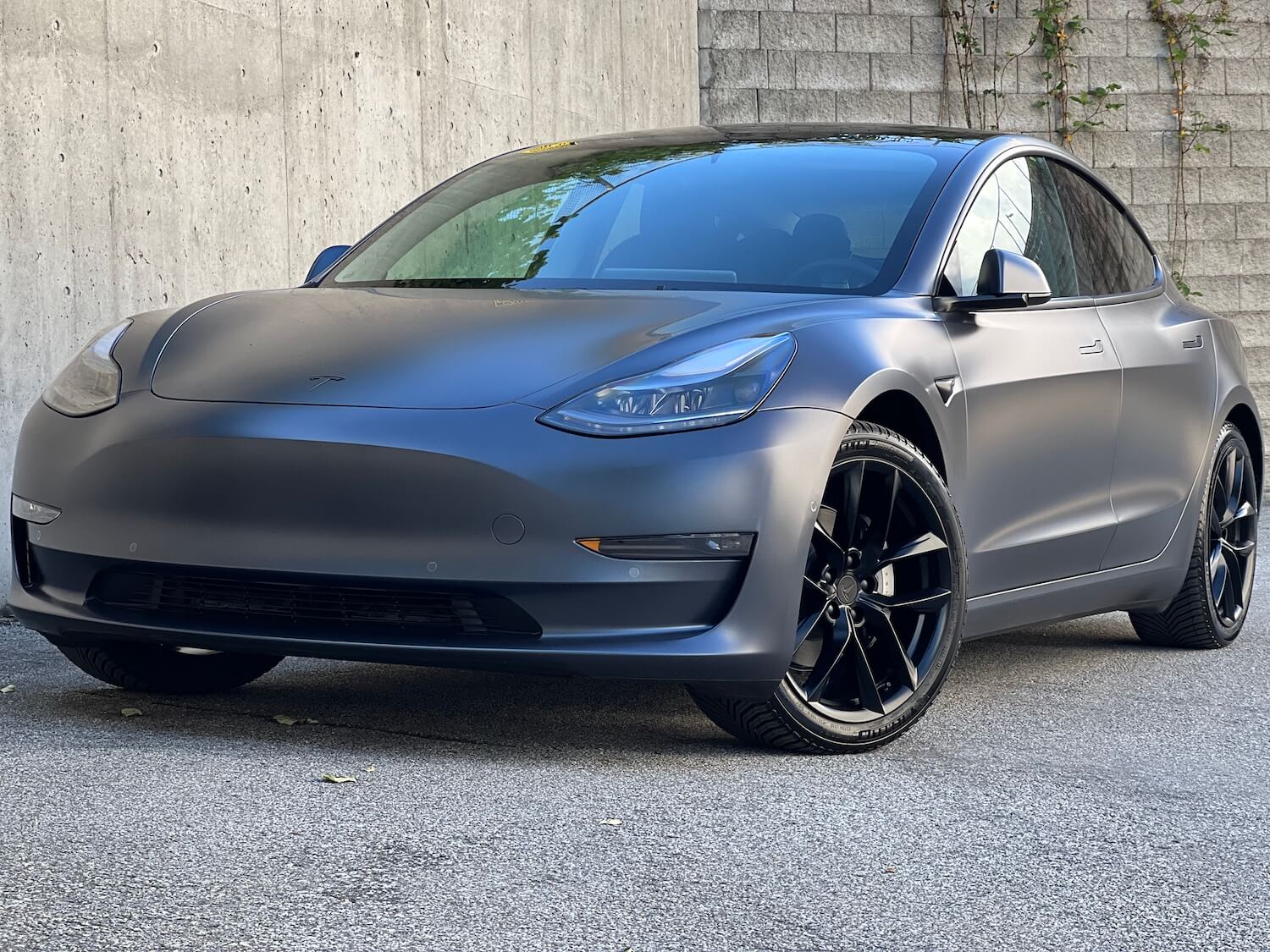
How to maintain your ceramic coating
To maintain your ceramic coating, it is important to wash your car regularly with a pH-neutral shampoo and to avoid using harsh chemicals or abrasive materials that can damage the coating.
Best practices for cleaning and washing your car
When washing your car with ceramic coating, it is important to use a microfiber towel and to avoid using abrasive materials or harsh chemicals that can damage the coating.
Avoiding harsh chemicals and abrasive materials
To avoid damaging your ceramic coating, it is important to avoid using harsh chemicals or abrasive materials that can scratch or damage the surface of the coating.
When to apply a maintenance coat
You may need to apply a maintenance coat of ceramic coating every 6-12 months to maintain the appearance and protection of your coating.
Signs of wear and tear and how to address them
Signs of wear and tear on your ceramic coating may include fading or discoloration, as well as scratches or chips in the surface of the coating. If you notice any signs of wear and tear, it may be necessary to apply a new coat of ceramic coating or to have the coating repaired.
Disadvantages of Ceramic Coating
Cost
Ceramic coating can be expensive, particularly if you opt for a professional-grade coating. However, the benefits of ceramic coating may outweigh the initial cost.
Not 100% scratch-resistant
While ceramic coating provides a high level of scratch resistance, it is not 100% scratch-resistant and may still be susceptible to damage from rocks or other hard objects.
Professional application is time-consuming
Professional application of ceramic coating can be time-consuming, as the process requires several steps and the coating needs to cure for a specific period of time.
DIY Ceramic Coating Or Go to Detailing Studio?
The decision to apply ceramic coating yourself or to go to a detailing studio will depend on your level of experience and expertise. If you are comfortable with DIY projects and have experience with automotive detailing, you may be able to apply the coating yourself. However, if you are not comfortable with DIY projects or want a higher level of protection, it may be best to go to a detailing studio.
Pros and cons of DIY ceramic coating
The pros of DIY ceramic coating include lower cost and the ability to do it yourself. The cons of DIY ceramic coating include the potential for mistakes and the possibility of not achieving the same level of protection as a professional-grade coating.
Pros and cons of professional ceramic coating application
The pros of professional ceramic coating application include a higher level of protection, a more durable coating, and the assurance of professional application. The cons of professional ceramic coating application include higher cost and the need to schedule an appointment at a detailing studio.
Covering Parts with Ceramic Coating
In addition to protecting your car’s paint, ceramic coating can also be used to protect other parts of your car, including:
Wheels
Ceramic coating can help to protect your wheels from damage caused by brake dust, road debris, and other environmental factors.
Exhaust
Ceramic coating can help to protect your exhaust from corrosion and discoloration caused by heat and exposure to the elements.
Trim
Ceramic coating can help to protect your car’s trim from fading, discoloration, and other damage caused by exposure to the elements.
Windshield
Ceramic coating can help to repel water and other contaminants from your windshield, making it easier to see and improving visibility in inclement weather.
A Comprehensive Guide to the Best Ceramic Coating Brands
There are several different brands and products available for ceramic coating. Some of the most popular brands include:
Ceramic Pro
Ceramic Pro is a professional-grade ceramic coating that provides a high level of protection against UV rays, oxidation, and other environmental factors.
Gtechniq Crystal Serum Ultra
Gtechniq Crystal Serum Ultra is a professional-grade ceramic coating that provides a durable, long-lasting layer of protection for your car’s paint.
CarPro Cquartz
CarPro Cquartz is a DIY ceramic coating kit that provides a high level of protection for your car’s paint.
Feynlab
Feynlab is a professional-grade ceramic coating that provides a high level of protection against UV rays, oxidation, and other environmental factors.
AvalonKing Armor Shield IX
AvalonKing Armor Shield IX is a DIY ceramic coating kit that provides a high level of protection against scratches, swirl marks, and other damage.
How many Coats of Ceramic Coating You Need
The number of coats of ceramic coating you need will depend on several factors, including the type of coating you are using and the condition of your car’s paint. Generally, a single layer of ceramic coating is sufficient for most cars, but some coatings may require multiple layers for maximum protection.
Single-layer coating vs. multi-layer coating
Single-layer coatings provide a high level of protection and are easier to apply, but multi-layer coatings can provide an extra layer of protection and may be necessary for cars that are exposed to harsher environmental conditions.
Factors that affect the number of coats needed
Factors that may affect the number of coats of ceramic coating needed include the condition of your car’s paint, the type of coating you are using, and the level of protection you require.
How Long Does Ceramic Coating Last?
The longevity of ceramic coating will depend on several factors, including the type of coating you are using, the condition of your car’s paint, and how well you maintain the coating over time. Generally, ceramic coating can last anywhere from 2 to 5 years.
Factors that affect the longevity of ceramic coating
Factors that may affect the longevity of ceramic coating include exposure to UV rays, environmental factors such as rain and snow, and how well you maintain the coating over time.
How to extend the life of ceramic coating
To extend the life of your ceramic coating, it is important to maintain your coating regularly and to avoid exposing your car to harsh environmental conditions. This may include avoiding parking your car in direct sunlight or washing your car regularly to remove dirt and debris.
How to Remove Contaminants from Ceramic Coating
Over time, your ceramic coating may become contaminated with dirt, debris, and other contaminants that can damage the surface of the coating. Some common contaminants that may need to be removed from your ceramic coating include:
Swirl marks
Swirl marks can be caused by improper washing techniques or by using abrasive materials on your car’s paint. To remove swirl marks from your ceramic coating, you may need to use a polishing compound or have the coating professionally polished.
Water spots
Water spots can be caused by hard water or by allowing water to dry on the surface of your car’s paint. To remove water spots from your ceramic coating, you may need to use a detailing spray or have the coating professionally polished.
Tree sap
Tree sap can be difficult to remove from your car’s paint, and may require a specialized cleaner or solvent. To remove tree sap from your ceramic coating, you may need to use a tar and bug remover or have the coating professionally polished.
Bird droppings
Bird droppings can be acidic and can damage your car’s paint if left untreated. To remove bird droppings from your ceramic coating, you may need to use a specialized cleaner or have the coating professionally polished.
How Long Does Ceramic Coating Take to Cure?
The drying and curing time for ceramic coating will depend on several factors, including the type of coating you are using and the environmental conditions in which the coating is applied. Generally, ceramic coating will need to dry for several hours before it can be buffed and cured.
Drying vs. curing time
Drying time refers to the time it takes for the ceramic coating to dry on the surface of your car’s paint, while curing time refers to the time it takes for the coating to fully harden and bond with the surface of your car’s paint.
Factors that affect curing time
Factors that may affect the curing time of your ceramic coating include temperature, humidity, and the level of ventilation in the area where the coating is applied.
How to Wash Car After Ceramic Coating
When washing your car with ceramic coating, it is important to use a pH-neutral shampoo and to avoid using abrasive materials or harsh chemicals that can damage the coating. Some dos and don’ts of washing your car with ceramic coating include:
Dos:
- Use a pH-neutral shampoo and a microfiber towel to wash your car.
- Rinse your car thoroughly with water before washing.
- Dry your car with a clean microfiber towel after washing.
Don’ts:
- Don’t use abrasive materials or harsh chemicals that can damage the coating.
- Don’t wash your car in direct sunlight or when the surface of your car’s paint is hot to the touch.
- Best practices for maintaining ceramic coating
To maintain your ceramic coating, it is important to wash your car regularly with a pH-neutral shampoo and to avoid using harsh chemicals or abrasive materials that can damage the coating. It is also important to avoid exposing your car to harsh environmental conditions, such as direct sunlight or extreme temperatures, as these can damage the surface of the coating over time.
Gleamworks
Ceramic coating is a high-quality protective coating that can help to protect your car’s paint from damage caused by environmental factors such as UV rays, oxidation, and corrosion. By understanding the benefits of ceramic coating, as well as how to apply and maintain the coating over time, you can help to ensure that your car remains protected and looking its best for years to come.
Gleamworks is a home for all your car detailing needs! We provide you with the best quality products to keep your car looking new all year round. Our wide range of ceramic coatings will give you the protection and style you need for your car.

